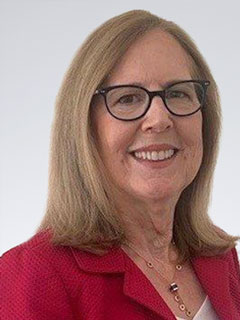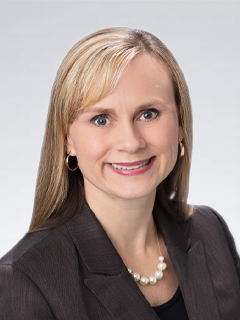Latino representation on Fortune 1000 boards: 2023 Edition
Latino representation on Fortune 1000 boards: 2023 Edition
KPMG and the Latino Corporate Directors Association fourth study examining Latino representation on Fortune 1000 boards.
Learn moreResources and perspectives to help board directors in advancing the boardroom conversation on Diversity in the boardroom.


Latino representation on Fortune 1000 boards: 2023 Edition
KPMG and the Latino Corporate Directors Association fourth study examining Latino representation on Fortune 1000 boards.

Quarterly webcast: A Boardroom Lens on Generative AI
A discussion on transformational implications of generative AI—opportunities, risks, and disruptions ahead—and how boards can help their companies navigate the promise and pitfalls of this game-changing technology.

A different type of proxy “off-season”
Freshfields Partner Pamela Marcogliese and KPMG BLC Senior Advisor Stephen Brown share their views on recently concluded annual meetings and proxy proposals.
KPMG and the Latino Corporate Directors Association fourth study examining Latino representation on Fortune 1000 boards.
Learn moreKPMG and the African American Directors Forum analyze African American representation on the boards of public Fortune 1000 companies.
Learn moreKPMG and Ascend Pinnacle examine Asian representation in the boardrooms of U.S. companies.
Learn moreKPMG and the Latino Corporate Directors Association examine Latino representation in the boardrooms of U.S. companies.
Learn moreAfrican American representation on Fortune 1000 boards
KPMG and the African American Directors Forum examine African American representation on the boards of public Fortune 1000 companies.
Asian representation on Fortune 1000 boards
KPMG and Ascend Pinnacle examine Asian representation in the boardrooms of U.S. companies.
Latino representation on Fortune 1000 boards
KPMG and the Latino Corporate Directors Association examine Latino representation on the boards of Fortune 1000 companies.
Latino representation on Fortune 1000 boards
KPMG and the Latino Corporate Directors Association examine Latino representation on the boards of Fortune 1000 companies.
Track board diversity disclosures using the KPMG Board Diversity Disclosure Benchmarking Tool.
KPMG’s commitment to diversity, equity and inclusion.
Board composition and diversity
African American Directors Forum (AADF)
One of the country’s most respected forums for African American board directors focused on knowledge sharing, community-building board placements, and preparing for leadership roles on boards.
Ascend Pinnacle
Pan-Asian corporate board initiative focused on increasing the number of Asian-American corporate board directors on U.S. company boards.
Equilar Diversity Network
Registry connecting candidates from various diversity organizations with boards through a data platform including more than 150,000 public company executive and board member profiles.
HITEC (Hispanic IT Executive Council)
Global executive leadership organization of Hispanic senior business and IT executives who have built outstanding careers in information technology
Latino Corporate Directors Association
Association of U.S. Latino corporate directors and source for U.S. corporations and search firms seeking Latino board talent.
Quorum
Out Leadership’s initiative dedicated to increase the representation of openly LGBT+ directors on corporate boards.
Women Corporate Directors (WCD)
Not-for-profit foundation and global membership organization for women who serve on public and large private company boards. WCD provides governance education to its members, serves as a champion for increased female representation in the boardroom, and is a resource for companies seeking female board talent.
The KPMG Board Leadership Center's Senior Advisors provide boards and business leaders with insights into the challenges and opportunities shaping the boardroom agenda--from proxy trends and investor expectations, strategy and risk, and talent and diversity, to environmental, social, and governance (ESG) issues, corporate culture, and other drivers of long-term performance.





Sign up to receive Board Leadership Weekly and Directors Quarterly